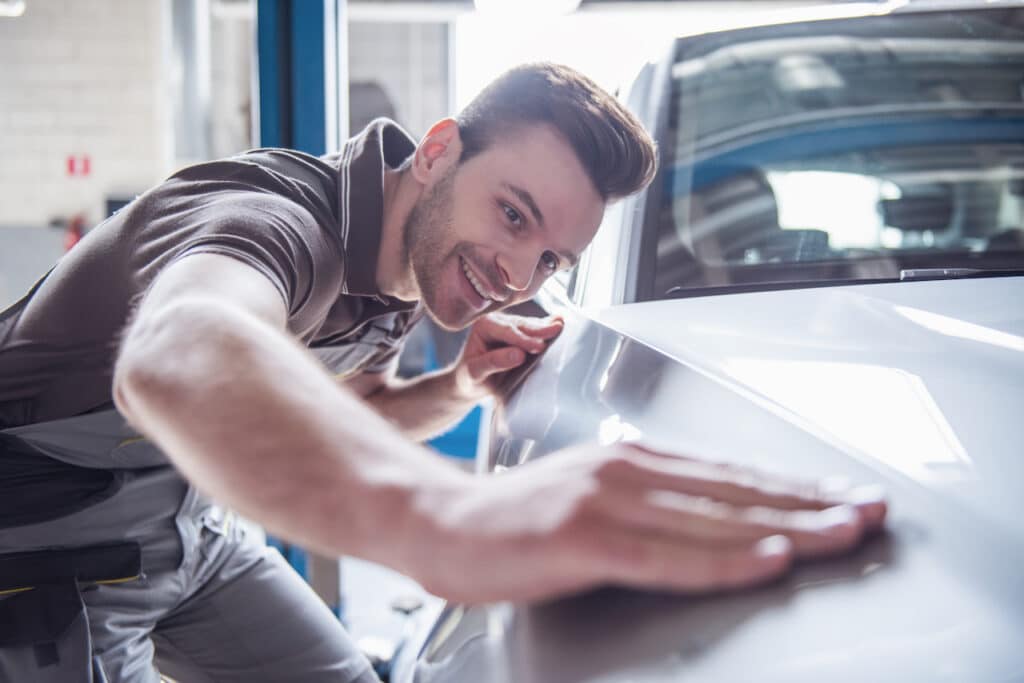Aluminum is becoming increasingly popular in vehicle production—you might even own a car or truck with an aluminum body. But what happens when your aluminum auto body is damaged? How do you get it repaired? In this guide, we’ll look closer at aluminum auto body repair and what you need to know.
What is the Role of Aluminum in Auto Bodies?
Before we dive into the specifics of aluminum auto body repair, it’s important to understand why aluminum is used in the first place. Due to its strength and affordability, vehicle bodies are usually made from steel. However, in recent years, automakers have shifted towards using more lightweight materials such as aluminum.
Not only is aluminum lighter than steel, but it also offers superior strength and durability. Additionally, using aluminum can improve fuel efficiency and reduce emissions.
Most Common Types of Aluminum Auto Body Damage
No cars are immune to damage, especially after a wreck. The most common types of damage that occur on aluminum auto bodies include:
- Dents and dings
- Scratches and scuffs
- Paint damage
- Corrosion
Since aluminum is sensitive to heat, an auto body repair shop will use specialized tools and techniques to avoid the risk of corrosion.
What Techniques Are Used in Aluminum Auto Body Repairs?
So what are these special techniques that you can expect to see? The most common include:
Cold Repair
Since aluminum is so sensitive, the damaged area can be reshaped by hand or with special tools without using heat.
Bonding
A high-strength adhesive can bond aluminum pieces together if your car receives a ding or dent.
Welding
If you’ve been in a severe wreck, welding will fuse the pieces back together. However, special equipment and expertise are required to weld aluminum, so trust the experts at an auto body shop for bigger damages.
Wondering About the Cost? Factors that Influence Repair Costs
If you’ve recently been in a crash, you’re probably wondering how much it’s going to cost you. Here are some of the main factors that will affect the total repair cost:
- Repair Techniques: Since welding requires specialized equipment, it’s more costly.
- Parts Replacement: If parts need to be replaced rather than repaired, the cost of the parts themselves can significantly impact the total price.
- Labor Rates: Technicians who offer aluminum auto body repair undergo special training, so their expertise will come at a cost.
- Vehicle Make and Model: Some vehicles are more complex to repair, and parts for luxury or exotic cars can be pricier.
- Paint Matching: Color matching and paint application can add to the cost, especially if the repair shop doesn’t specialize in it.
Let Professionals Handle the Aluminum
When it comes to repairing an aluminum auto body, it’s crucial to go to a reputable repair shop with specialized expertise and tools. Attempting to fix damage yourself or trusting an inexperienced technician can result in further damage and costly repairs down the road.
So next time you’re faced with a damaged aluminum auto body, don’t panic. Instead, take your car to a trusted aluminum auto body repair shop and let the professionals handle it.
Valley Collision is a Trusted Auto Body Repair Shop
If you’re looking for reputable and trustworthy auto body repair, look no further than Valley Collision. As an I-CAR Gold Class Certified shop, our team of experts can repair your car after an accident. Contact us today for a free estimate!

